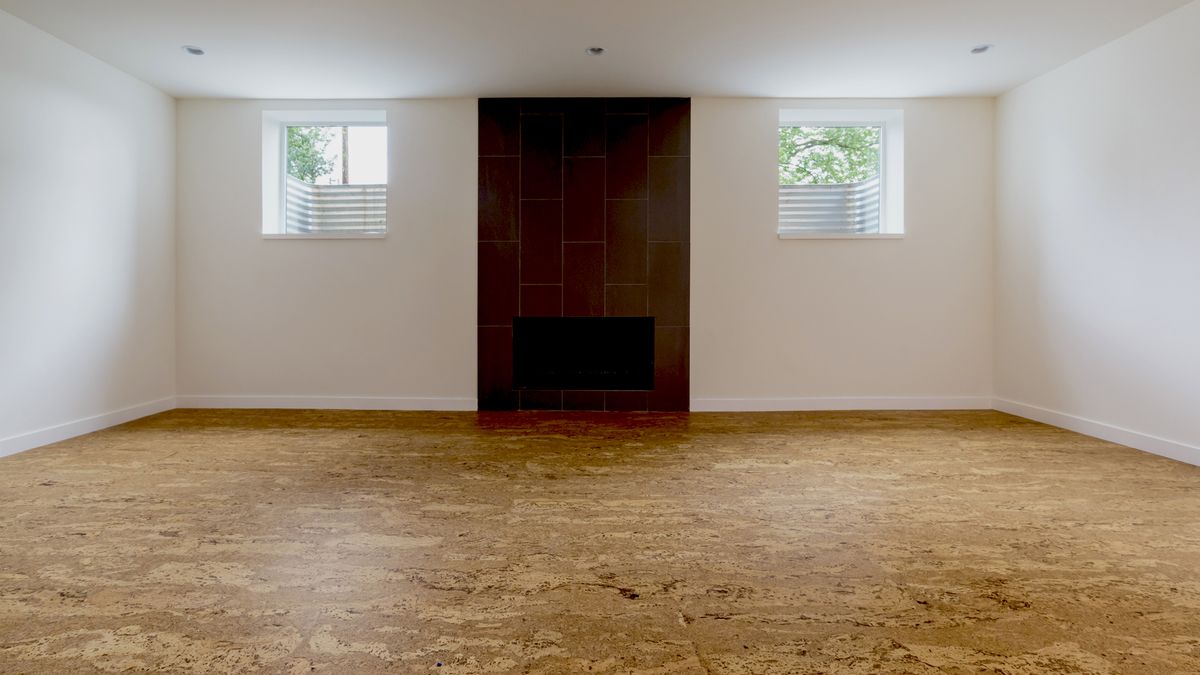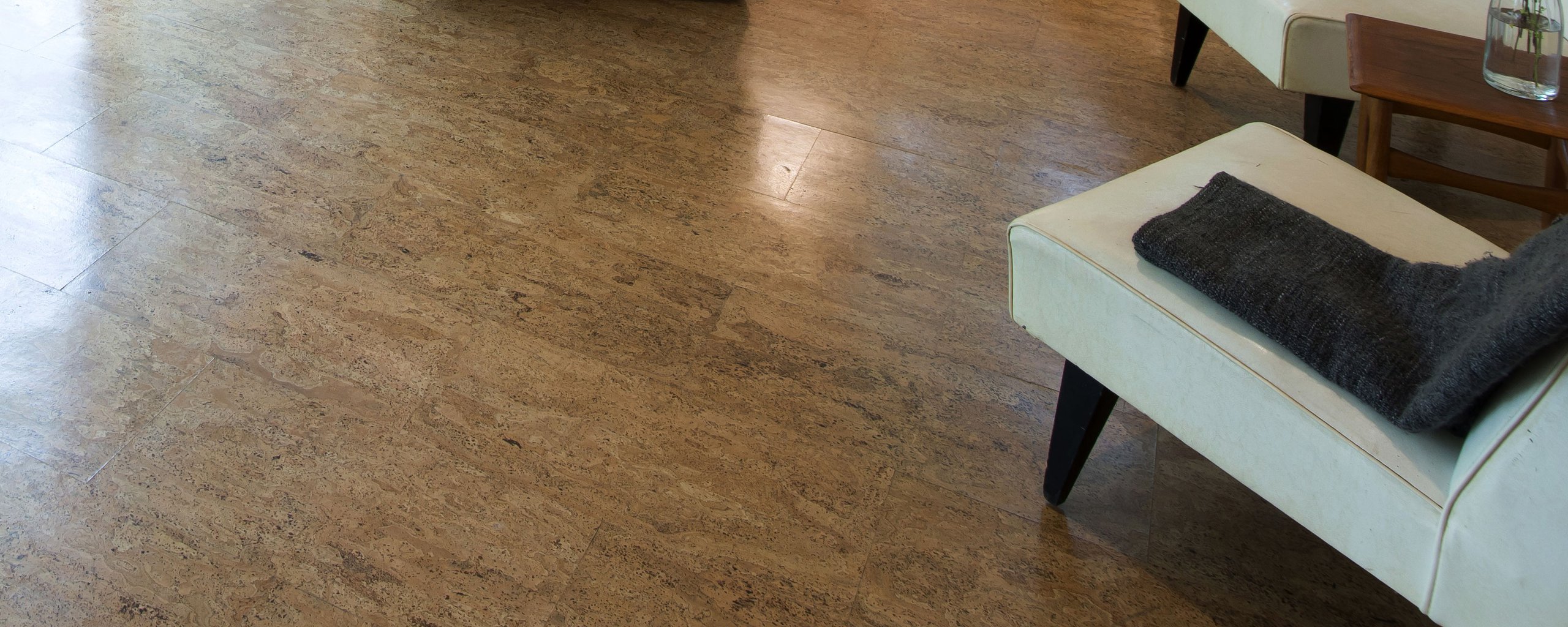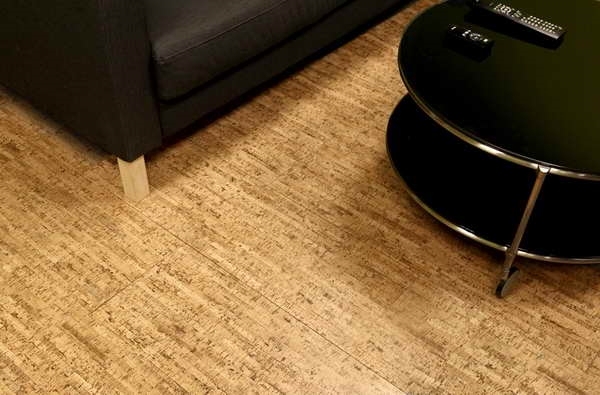Cork flooring offers unique advantages for basements, starting with its natural insulation properties. The material’s cellular structure provides warmth underfoot, a welcome feature in below-grade spaces that often feel chilly. Cork’s natural resilience makes it comfortable for standing, ideal for basement workshops or play areas. Its sound-absorbing qualities reduce noise transmission between floors, beneficial for media rooms or home offices. The sustainable material comes from renewable cork oak bark, appealing to eco-conscious homeowners. However, cork’s porous nature requires careful moisture management in basement environments.
Moisture resistance varies significantly between cork products. High-quality commercial-grade cork with waterproof acrylic finishes withstands moderate humidity better than basic varieties. Floating cork plank systems with moisture-resistant cores outperform glue-down tiles in damp conditions. Proper subfloor preparation is essential—concrete slabs need moisture testing and sealing before installation. While cork naturally resists mold, prolonged water exposure can cause warping or adhesive failure. Basements with history of flooding or high humidity may require dehumidifiers to protect cork flooring long-term. These factors make cork better suited for finished, climate-controlled basements than unfinished or damp spaces.
Installation flexibility benefits basement renovations. Cork’s lightweight nature avoids the structural concerns of heavier flooring options. Many cork products feature click-lock systems allowing DIY-friendly floating installations over uneven slabs. The material’s natural give accommodates minor subfloor imperfections that would telegraph through rigid floors. Cork tiles can be laid directly over existing vinyl or concrete with proper underlayment. However, basement installations demand extra steps like vapor barriers and perimeter expansion gaps to accommodate seasonal moisture fluctuations. Professional installation ensures optimal performance in challenging below-grade environments.
Durability presents both strengths and limitations. Cork’s compressible cells rebound from furniture indentations better than hardwood or laminate. High-quality cork withstands moderate foot traffic when properly maintained. However, sharp objects or pet claws can permanently dent the surface. Commercial-grade cork with UV-cured finishes resists stains and wear better than residential products. The flooring typically lasts 10-25 years in basements, shorter than ceramic tile but longer than carpet. Refinishing options depend on thickness—solid cork planks can be sanded, while thin veneers require replacement when worn. These factors make cork ideal for low-to-moderate traffic basement areas.
Cost considerations balance cork’s benefits against alternatives. Prices range from 3−12 per square foot, comparable to mid-range laminate but more expensive than vinyl plank. Installation costs are moderate, especially for floating systems. While initial investment exceeds some basement flooring options, cork’s insulation properties may reduce heating bills. The material’s comfort and acoustic benefits add value for specific basement uses. Homeowners must weigh cork’s natural warmth and sustainability against its moisture sensitivity when selecting basement flooring. Proper product selection and installation maximize cork’s advantages while mitigating its limitations in below-grade applications.
Basement on Pinterest Basement designs, Basement ideas and Unfinished
Cork Flooring Pros and Cons
cork flooring for basement For the Home Pinterest Cork, Basements and Basement inspiration
Basement flooring ideas – types, options, pros and cons
How to Install Cork Floor Tiles Cork flooring, Natural cork flooring, Floor installation
Related Posts:


:max_bytes(150000):strip_icc()/Cork-floor-GettyImages-647206459-5873ac343df78c17b6b85599.jpg)



:max_bytes(150000):strip_icc()/cork-flooring-pros-and-cons-1314688-FINAL-5bc4d42e4cedfd002631d65c.png)


